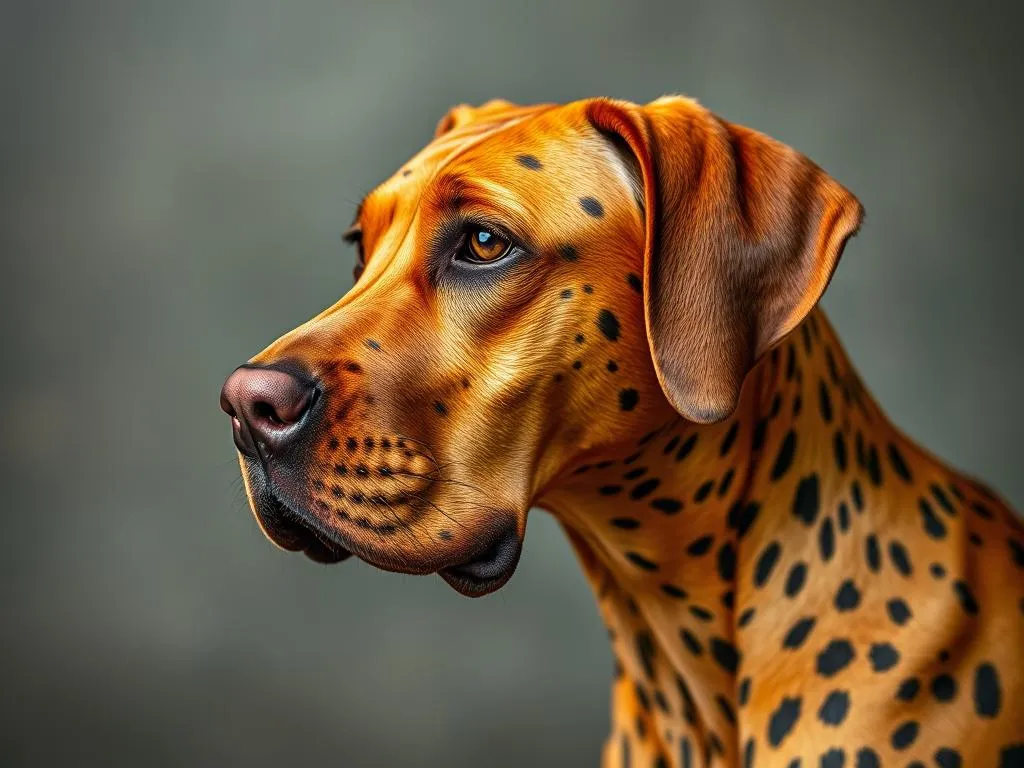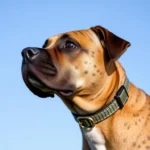
Rhodesian Ridgebacks are an impressive breed known for their athleticism, loyalty, and unique appearance. Originating from Southern Africa, these dogs were initially bred to hunt lions and other game in the wild. Their history is steeped in the culture of the Khoikhoi and the early European settlers, leading to a breed that is as striking as it is functional. Recognized for their distinctive ridge of hair along their backs, Ridgebacks are not only valued for their hunting capabilities but also for their companionship and protective nature.
Understanding the Rhodesian Ridgeback colors and patterns is essential for both prospective owners and enthusiasts alike. The breed’s aesthetic appeal stems from its variety of coat colors and the signature ridge, which plays a crucial role in breed identification. This article delves into the captivating world of Rhodesian Ridgeback colors and patterns, exploring their significance, genetic implications, and care considerations.
Overview of Rhodesian Ridgeback Colors
Standard Colors
The Rhodesian Ridgeback’s standard colors are primarily wheaten and red wheaten.
- Wheaten: This color ranges from a light golden to a deeper red shade. It is one of the most recognized colors in the breed and is often associated with their warm, friendly disposition.
- Red Wheaten: This variation is darker than the standard wheaten and can often appear almost mahogany, showcasing the rich tones that can be found in the breed.
In comparison to other breeds, the Rhodesian Ridgeback stands out with its unique blend of color and the distinctive ridge. While many breeds may have a broader spectrum of colors, the Ridgeback’s limited palette makes each dog a unique specimen of beauty.
Acceptable Variations
In addition to the standard colors, there are acceptable variations that may occur in Rhodesian Ridgebacks. These variations can manifest in different shades and hues influenced by genetics.
- Differences in Shades: The breed can exhibit a range of wheaten shades, from very light to deep red. This can sometimes lead to confusion among owners regarding the exact color classification.
- Impact of Genetics: Genetics play a significant role in determining the color of the coat. Breeding practices that focus on specific color traits can yield puppies with varying shades. For example, a litter may include both light and dark wheaten puppies due to the genetic makeup of the parent dogs.
Many Rhodesian Ridgebacks can be seen flaunting their unique shades in parks, dog shows, and homes, showcasing the beauty of the breed’s color palette.
Patterns in Rhodesian Ridgebacks
The Ridge
One of the most defining features of the Rhodesian Ridgeback is its characteristic ridge—a line of hair along the back that grows in the opposite direction to the rest of the coat.
- Definition and Significance: The ridge is not merely a cosmetic feature; it holds significant importance in breed identification. A well-defined ridge is considered a hallmark of a purebred Rhodesian Ridgeback.
- Variations of the Ridge: The ridge can vary in length and shape, with some dogs exhibiting a single ridge while others may have a double ridge. A single ridge is the most common, while a double ridge is a rare trait that adds to the uniqueness of certain individuals.
Other Patterns
Apart from the ridge, Rhodesian Ridgebacks may also display additional patterns that contribute to their overall appearance.
- Masking: Some dogs may have facial markings that can be described as masking, which adds character to their expressions.
- White Markings: It is not uncommon to find white markings on the chest and feet of Rhodesian Ridgebacks. These markings are acceptable but should be minimal to maintain breed standards.
These patterns not only enhance the aesthetic appeal of the breed but also contribute to the individuality of each dog.
Genetics of Color and Pattern
Inheritance Patterns
Understanding the genetics of color inheritance in dogs can provide insight into the characteristics of Rhodesian Ridgebacks.
- Dominant and Recessive Genes: The color and pattern of a dog’s coat are influenced by both dominant and recessive genes. For example, the gene responsible for the wheaten color can be dominant, while variations in shades may result from recessive genes.
- Breeding Choices: Breeders often make conscious decisions to pair dogs based on their colors and patterns to achieve desired traits in their puppies. This practice can lead to specific color outcomes in subsequent generations.
Common Genetic Issues
While color and pattern are fascinating aspects of the breed, there are potential health issues linked to specific colors or patterns.
- Health Risks: Certain colors, particularly those that are lighter, may be more susceptible to skin issues, including sunburn and skin cancer.
- Responsible Breeding Practices: Breeders should focus on not only color and pattern but also the overall health and well-being of the dogs. Genetic testing and careful selection can help mitigate the risks of inherited health problems.
Caring for Rhodesian Ridgebacks Based on Coat Color
Grooming Tips
Caring for a Rhodesian Ridgeback involves understanding their grooming needs, which can vary based on coat color and type.
- Grooming Needs: The breed’s short, dense coat requires regular grooming to minimize shedding and keep the skin healthy. Light-colored Ridgebacks may show dirt more easily, necessitating more frequent baths.
- Recommended Grooming Tools: A good quality slicker brush and rubber grooming mitt are ideal for maintaining the coat. Grooming should be done weekly to keep the coat shining and healthy.
Skin Health and Sun Protection
The skin health of Rhodesian Ridgebacks is paramount, particularly for lighter-colored dogs.
- Risks for Lighter-Colored Dogs: Dogs with lighter coats are at a greater risk for sunburn and skin cancer. This requires owners to be more vigilant about sun exposure.
- Protecting from Sun Exposure: It’s advisable to apply pet-safe sunscreen to exposed areas during prolonged outdoor activities, and providing shaded areas in the yard can help protect their skin from harmful UV rays.
Popularity and Perception of Colors and Patterns
Trends in Ownership
The ownership trends of Rhodesian Ridgebacks can vary based on color preferences.
- Popular Colors: Certain colors may be more sought after than others. For instance, the rich red wheaten may be particularly appealing to prospective owners, often leading to higher demand.
- Dog Shows and Competitions: In dog shows, specific colors may also trend based on the judges’ preferences, influencing the popularity of certain shades within the show community.
Cultural Significance
Cultural perceptions surrounding colors can have a significant impact on the popularity and adoption rates of Rhodesian Ridgebacks.
- Regional Significance: In some cultures, certain colors may be associated with luck, strength, or beauty, influencing how potential owners view the breed.
- Influence on Adoption Rates: The color of a dog can play a role in adoption decisions, with some people gravitating toward specific colors due to personal preferences or cultural beliefs.
Conclusion
The Rhodesian Ridgeback is a breed rich in history, character, and aesthetic appeal. Understanding the various colors and patterns of this remarkable breed enhances our appreciation for its diversity. From the standard wheaten shades to the unique ridge and additional markings, each individual Ridgeback tells a story through its appearance.
This exploration into the colors and patterns not only highlights the breed’s beauty but also emphasizes the importance of responsible ownership and breeding practices. By valuing the uniqueness of each Rhodesian Ridgeback, enthusiasts and owners alike can contribute to the preservation and appreciation of this exceptional breed.









